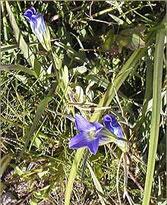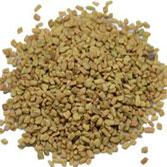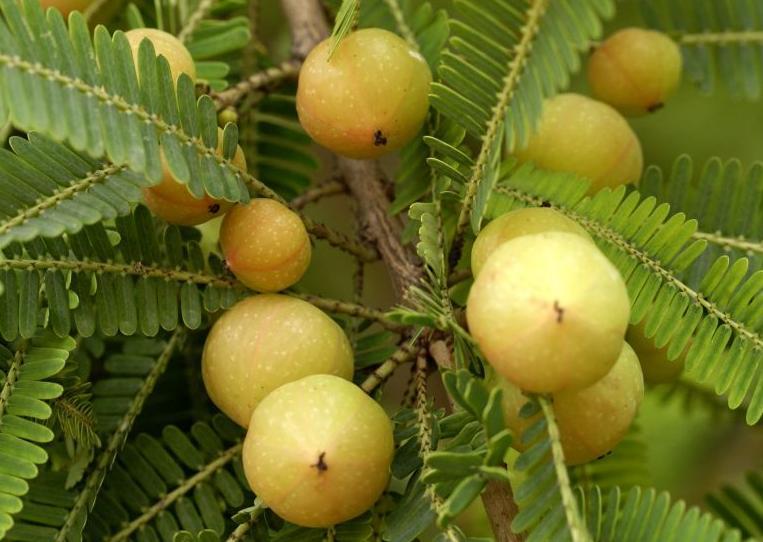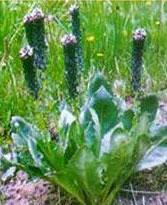 |
 |
| Home | Our Story | Articles | Products | Contact us | Hebrew |
Conditions
Products
|
Antibiotics - Replacements from Nature
Improving Physical Function & Activity
|
DBCare ingredients : DBCare - is a miracle performer herbal supplement that lower blood sugar level and side effects and help living with Diabetes - made of the following eleven powerful organic herbal extracts: |
||
| 1. | Bitter Melon, also known as Karela or Momordica Charantia is an herb that helps regulate blood sugar levels and keeps body functions operating normally. It contains Gurmarin, a polypeptide considered to be similar to bovine insulin, which has been shown in experimental studies to achieve a positive sugar regulating effect by suppressing the neural response to sweet taste stimuli. The fruits have long been used in India as a folk remedy for diabetes mellitus |  |
| 2. | Syzygium Cuminii, also known as Jamabu Beej leaves. Test results exhibited significant hypoglycaemic activity in normal and hyperglycaemic rabbits. 20-30 Percent reduction in high blood sugar of two volunteer patients (who consumed decoction of 6 or 12 g of the leaves) was also observed. Maximum reductions in high blood sugar of human volunteers were observed after 2 hours of administration. Seed powder of Syzygium Cuminii given in a dose of 12 Gms daily in three divided doses for three months showed marked symptomatic relief, which progressively increased with the duration of treatment |  |
| 3. | Enicostemma littorale (Gentianaceae) . Studies : peals were administered to 84 patients with Type 2 Diabetes for three months. Estimation of various biochemical parameters showed that E. littorale reduced high blood glucose as well as serum insulin levels and prevented the progression of complications in diabetic patients. Significant improvement in kidney function, lipid profile and blood pressure was observed suggesting that E. littorale is an effective herbal anti-diabetic. |  |
| 4. | Swertia chirayita (Chirata) has anti diabetic activity. Researchers studied the effects of the hypoglycaemic agent; swerchinin in normal as well as diabetic rats. Except in rats with severe pancreatic damage, swerchinin showed effective glucose lowering. The ethanolic extract of S.chirayita exhibits hypoglycaemic activity. The hexane fraction containing swerchirin, the main hypoglycaemic principle, induced a significant fall in high blood sugar in albino rats. |  |
| 5. | Fenugreek, also known as : Methi or Trigonella Foenum Graecum is a spice commonly used in India and the Middle East in cooking. Numerous studies have shown that fenugreek can reduce high blood sugar and cholesterol levels in individuals with diabetes. Fenugreek seeds exert hypoglycaemic effects by stimulating glucose-dependant insulin secretion from pancreatic cells |  |
| 6. | Amalaki also known as Emblica Officinalis This herb, due to its high vitamin C content, is effective in controlling diabetes. It stimulates the pancreas and enables it to secret insulin, thus reducing high blood sugar levels. It also prevents eye complication in Diabetes. |  |
| 7. | Tinospora Cordifolia also known as Galo Satva, is widely used in Indian Ayurvedic healing for treating Diabetes. Oral administration of Tinospora Cordifolias’ root extract to alloxan rats caused a significant reduction in blood glucose levels. It has been studied that the daily administration of Tinospora Cordifolia decreases hig blood sugar level, and increases glucose tolerance |  |
| 8. | Gymnema Sylvestre, also known as Gudmar and Meshashringi, whose Hindi name literally means 'sugar destroyer', has been used in Ayurveda for several centuries to regulate sugar metabolism.This action is gradual in nature, differing from the rapid effect of many prescription hypoglycemic drugs. Gymnema leaves raise insulin levels by regeneration of the cells in the pancreas that secrete insulin.Other research has shown that gymnema also improves uptake of glucose into cells by increasing the activity of the glucose utilizing enzymes, and prevents adrenaline from stimulating the liver to produce glucose, thereby reducing high blood sugar levels.It also abolishes the taste of sugar, which effectively suppresses and neutralizes the craving for sweets. The leaf extracts contain gymnemic acid which inhibits hyperglycaemia and also acts as a cardiovascular stimulant |  |
| 9. | Picorrhiza kurroa, also known as Kadu - The liver is an extremely essential organ in maintaining glucose homeostasis in the body. It maintains a normal blood glucose concentration by controlling glycogenesis and glycogenolysis. Picorrhiza kurroa exerts its hepatoprotective & corrective actions due to its glycosides, picrosides I & II. |  |
| 10. | Neem Chhal also known as Azadirachta Indica - Diabetes is a disease of excess sweetness so bitter herbs and foods must be used to counteract the imbalance. Neem being very bitter was often used to treat diabetes in Ayurveda. Modern clinical studies reveal that Neem has been effective in treating and preventing Diabetes. Neem significantly and consistently reduced insulin requirements for nonkeytonic, insulin fast, and insulin sensitive forms of Diabetes. Because of the numerous and successful clinical studies with Neem on Diabetes and it’s long history of successful use in Ayurveda for the same purpose, the Indian equivalent of the FDA has approved the manufacture and sale of Neem tablets for the treatment of Diabetes |  |
| 11. | Haridra – also known as Curcuma Longa - This research, studied the effect of turmeric and its active principle, curcumin, on diabetes mellitus in a rat model. Alloxan was used to induce diabetes. Administration of turmeric or curcumin to diabetic rats reduced the high blood sugar, Hb and glycosylated hemoglobin levels significantly. Turmeric and curcumin supplementation also reduced the oxidative stress encountered by the diabetic rats. This was demonstrated by the lower levels of TBARS (thiobarbituric acid reactive substances), which may have been due to the decreased influx of glucose into the polyol pathway leading to an increased NADPH/NADP ratio and elevated activity of the potent antioxdiant enzyme GPx. Moreover, the activity of SDH (sorbitol dehydrogenase), which catalyzes the conversion of sorbitol to fructose, was lowered significantly on treatment with turmeric or curcumin. |  |
| Back to DBCare | ||
| Back to Top | ||
| Home | Our Story | Articles | Products | Contact us | Hebrew |